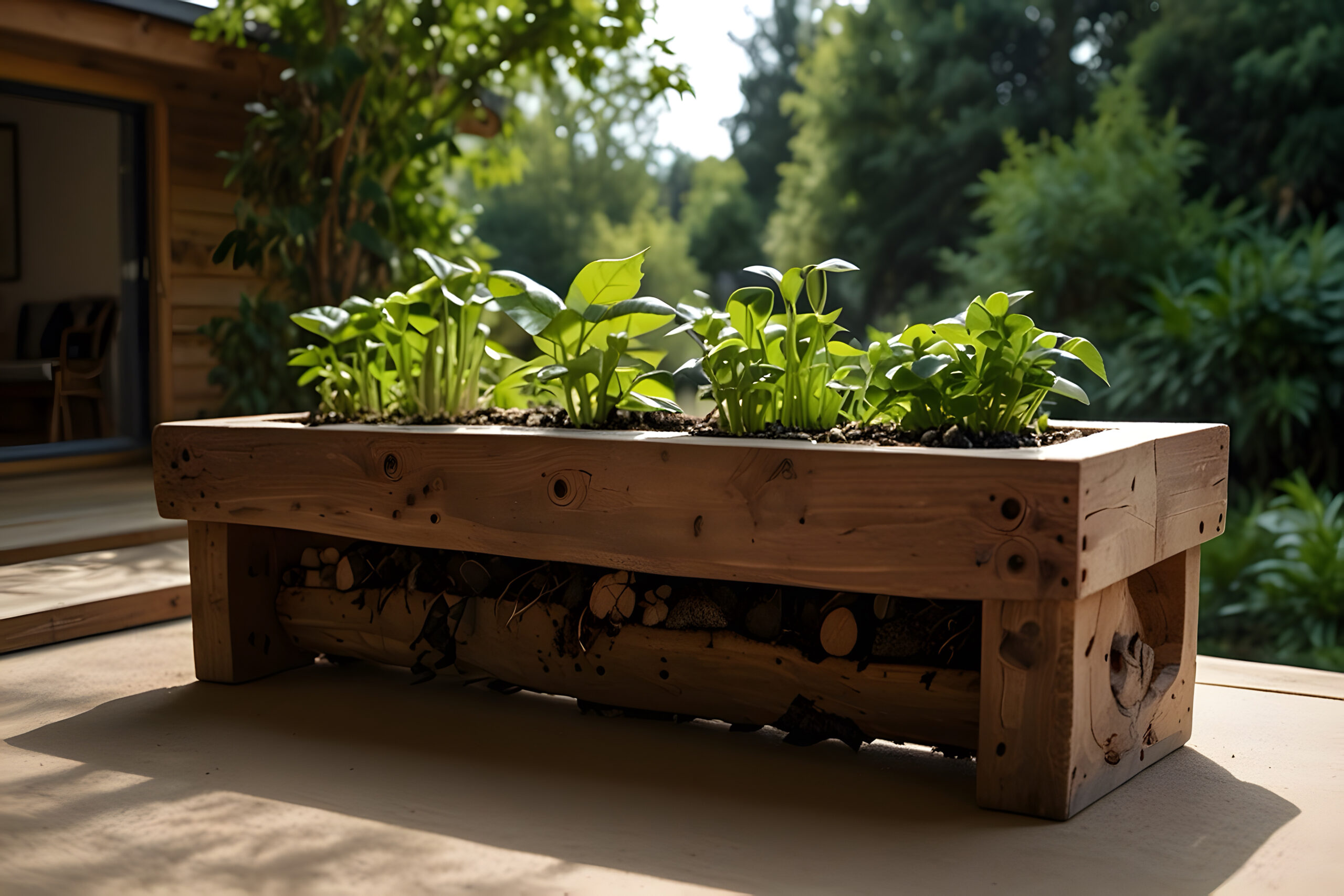Green thumbs and budding garden enthusiasts tend to share a common love, the joy of creating a thriving garden. For those living in the San Fernando Valley area, from Woodland Hills to Burbank, raised garden beds have become a popular choice for their versatility and ease of maintenance. If you’re interested in creating your own raised garden bed, you’ve come to the right place. Our experienced team at Impactful Construction Group, a CA licensed contractor based in Woodland Hills, is eager to share their knowledge with you.
Creating a raised garden bed is not only a gratifying project, but it also provides an efficient and effective solution for growing a wide range of plants. These elevated gardens are easier on your back, deter pests, and have better soil conditions. Whether your home is in Calabasas, Reseda, or Northridge, a raised garden bed can truly transform your outdoor space.
Let’s dive into the steps to create your own raised garden bed. We’ll guide you through the planning, construction, and maintenance processes, and answer some common questions along the way. Remember, if you need professional help, the Impactful Construction Group is just a call away at (323) 591-3717.
Table of Contents
TogglePlanning Your Raised Garden Bed
The first step in building a raised garden bed is to plan. You’ll need to consider the location, size, and materials of your bed. Ideally, the location should receive at least 6 hours of sunlight per day. Pay attention to the path of the sun throughout the day and avoid areas where shadows from buildings or trees might obstruct sunlight.
The size of your garden bed will depend on the available space and the types of plants you want to grow. A common size is 4×8 feet, which allows for a variety of plants without making the bed too wide to reach across. For the material, untreated wood is a popular choice due to its durability and natural look. Cedar and redwood are particularly resistant to rot.
Lastly, consider the height of your bed. The minimum height is usually 6 inches, but 12 inches or more is better for growing larger plants and for easier access.
Constructing Your Raised Garden Bed
Once you’ve planned your garden bed, the next step is to construct it. Start by measuring and marking the area for your bed. Then, begin building the frame. Cut your boards to the appropriate lengths and use screws to secure the corners. Make sure the frame is level and adjust as needed. If you’re unsure about this step, don’t hesitate to reach out to our team at Impactful Construction Group.
Next, prepare the ground. Remove any grass or weeds and loosen the soil with a garden fork. If you’re building a taller bed, you might want to add a layer of wire mesh at the bottom to deter burrowing pests.
Finally, fill your bed with soil. A mixture of topsoil, compost, and other organic matter is ideal for most plants. Fill the bed to within an inch of the top, rake it smooth, and water it well.
Choosing Your Plants
Now that your bed is ready, it’s time to choose your plants. Consider the sunlight, soil, and climate conditions in your area. For instance, if you’re in the San Fernando Valley, vegetables like tomatoes, peppers, and cucumbers thrive in the warm, sunny climate. You might also consider herbs like basil, rosemary, and mint, which are easy to grow and useful in the kitchen.
When planting, be sure to give each plant enough space to grow. Check the seed packet or plant tag for spacing recommendations. Using a grid pattern can help you maximize space and keep your bed organized.
Maintaining Your Raised Garden Bed
Maintenance is key to a thriving garden. Regular watering is essential, especially in warmer climates like Tarzana or Encino. A drip irrigation system can be a great investment to ensure consistent watering without waste.
Besides watering, you should also regularly check for pests and diseases. Remove any affected plants promptly to prevent the problem from spreading. Finally, replenish the soil annually with compost or other organic matter to keep it fertile and healthy.
Frequently Asked Questions
Here are some common questions we’ve received from our clients in the San Fernando Valley area:
- What type of wood should I use for a raised garden bed? Cedar and redwood are popular choices due to their resistance to rot and insects. Avoid treated wood as it can leach harmful chemicals into the soil.
- How often should I water my raised garden bed? This depends on the climate, the type of plants, and the weather. In general, water when the top inch of soil feels dry to the touch.
- Can I build a raised garden bed on a slope? Yes, but it’s more difficult than building on flat ground. You’ll need to level the ground or build a stepped bed. Consider hiring a professional if you’re unsure.
In conclusion, building a raised garden bed is a rewarding project that can significantly enhance the beauty and functionality of your outdoor space. From planning to maintenance, each step offers a unique opportunity to learn and grow as a gardener. Whether you’re in Woodland Hills or North Hollywood, a raised garden bed can bring a touch of nature to your urban home.
Ready to transform your space? Trust the experts at Impactful Construction Group. As CA licensed contractors based in Woodland Hills, we serve the entire Los Angeles area with premium construction and remodeling services. Call or text (323) 591-3717 for a free consultation and let’s bring your vision to life.
